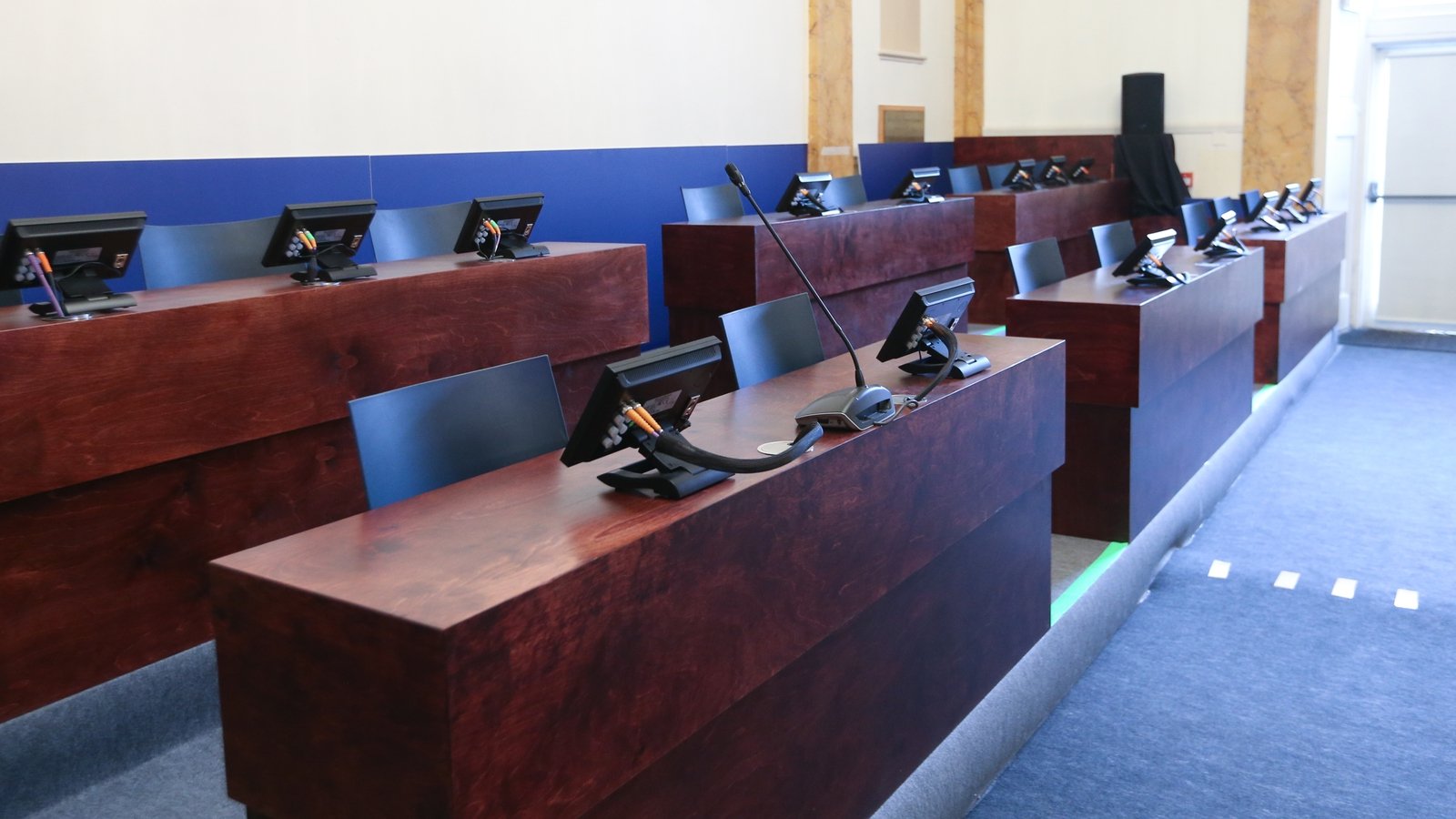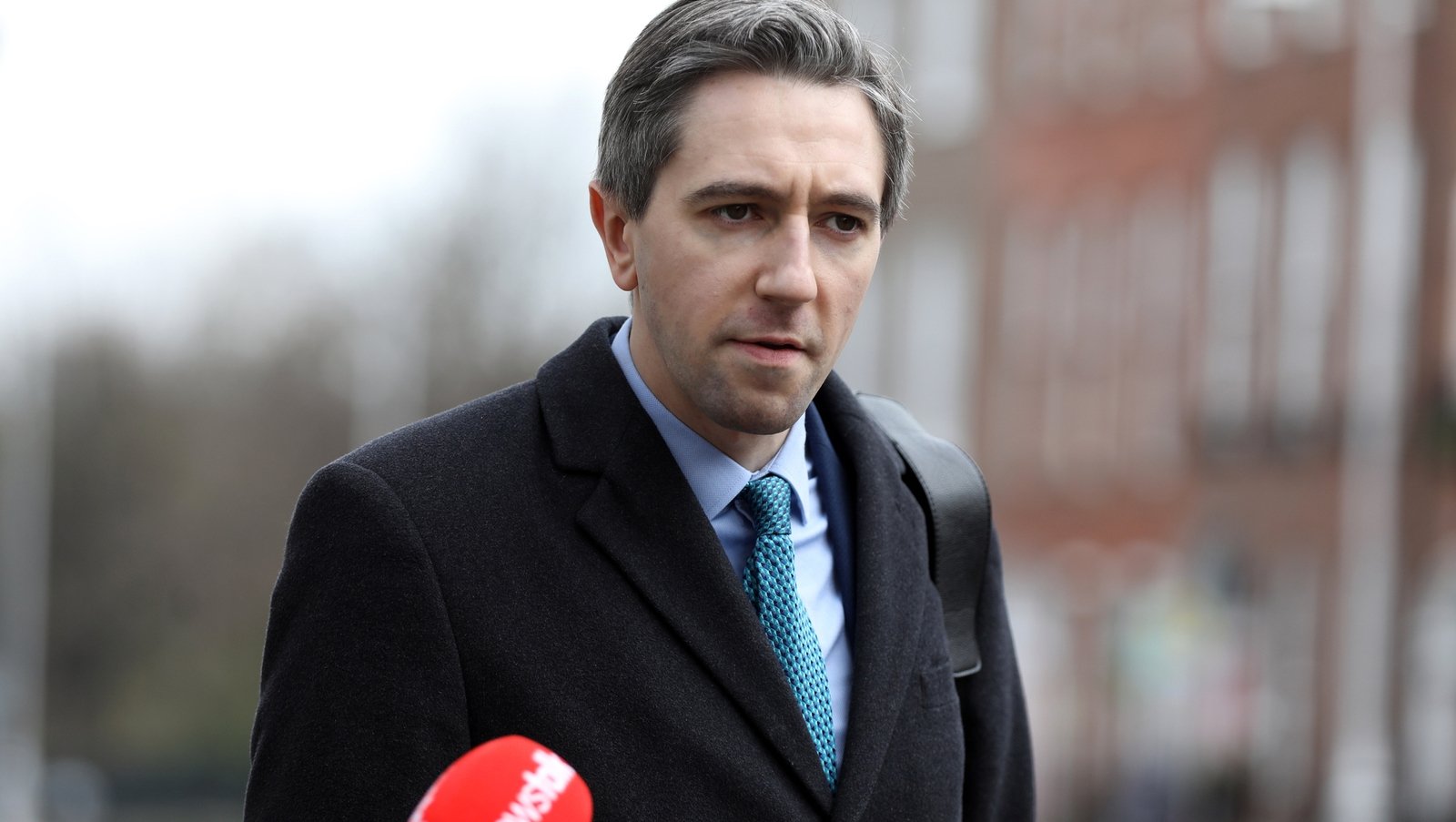Only ‘basic facts’ in some reports on Stardust victims


An expert in forensic pathology has told the Stardust inquests that some examination reports of the victims that were carried out at the time contained nothing beyond the “very basic facts”.
Dr Richard Shepherd, was giving evidence at the Dublin District Coroner’s Court which resumed its hearings today into the 1981 fatal blaze.
In total, 48 people died when a fire swept through the Artane nightclub in the early hours of 14 February, 43 years ago.
Reading from a report he wrote, Dr Shepherd told the court that it was his opinion that the quality of the pathology examinations of the victims was “very variable”.
He said while the State Pathologist at the time, Dr John Harbison, performed “full and relevant examinations”, the reports and exams from the other pathologists were “extremely variable” and said a few recorded anything more than the “basic facts” and offered “little or no interpretation”.
He said the variability in quality, when combined with the absences of information from the scene has resulted in an inability in analysing many of the forensic aspects of the deaths.
Dr Shepherd also said the approach to mass fatalities in 1981 appears to have focussed on the speedy recovery of the remains and their release to the their families, but had “little or no consideration” of the wider aspects of investigating the incident.
He also said there was little formal documentation on where the bodies were recovered inside the club. He said although there was a plan recording the positions of the victims, there was no attempt to correlate those positions with specific individuals.
He said that failure means it is not possible to form a “meaningful analysis” of the likely affects of either the fire itself or the fire fumes on individuals. He said such an analysis would have been very useful, as noted, he said by Dr Harbison at the time in his April 1981 report.
Overwhelmed facilities
Dr Shepherd also said that after reviewing photographs of the scenes in the mortuary, that the facilities there were overwhelmed.
This was day 95 of the hearings, which has now moved into a new module and will hear from experts in pathology.
Addressing the 13 person jury, the coroner, Dr Myra Cullinane, said the evidence they will be hearing will be “scientific, clinical, medical and complex”. She also said it would be “very personal” for the families who lost loved ones and said they can be assured that it will be dealt with in the “most respectful manner”. She said certain families will not want to hear the evidence while others will want to.
The jury was also told that it must make separate findings in relation to each person who lost their lives, regarding their identity, the date, place and cause of death.
The coroner said while much of the evidence heard so far applies to all of the deceased persons, the evidence that will follow will be very specific to each of the victims.
She said the jury will hear how the victims were identified in the 1981 fire and how in five specific cases, their identity was not confirmed until 2007.
Original inquests into the deaths were held in 1982, but were widely regarded as inadequate. The holding of these fresh inquests were directed by the Attorney General in 2019 after a lengthy campaign by families of the victims.





